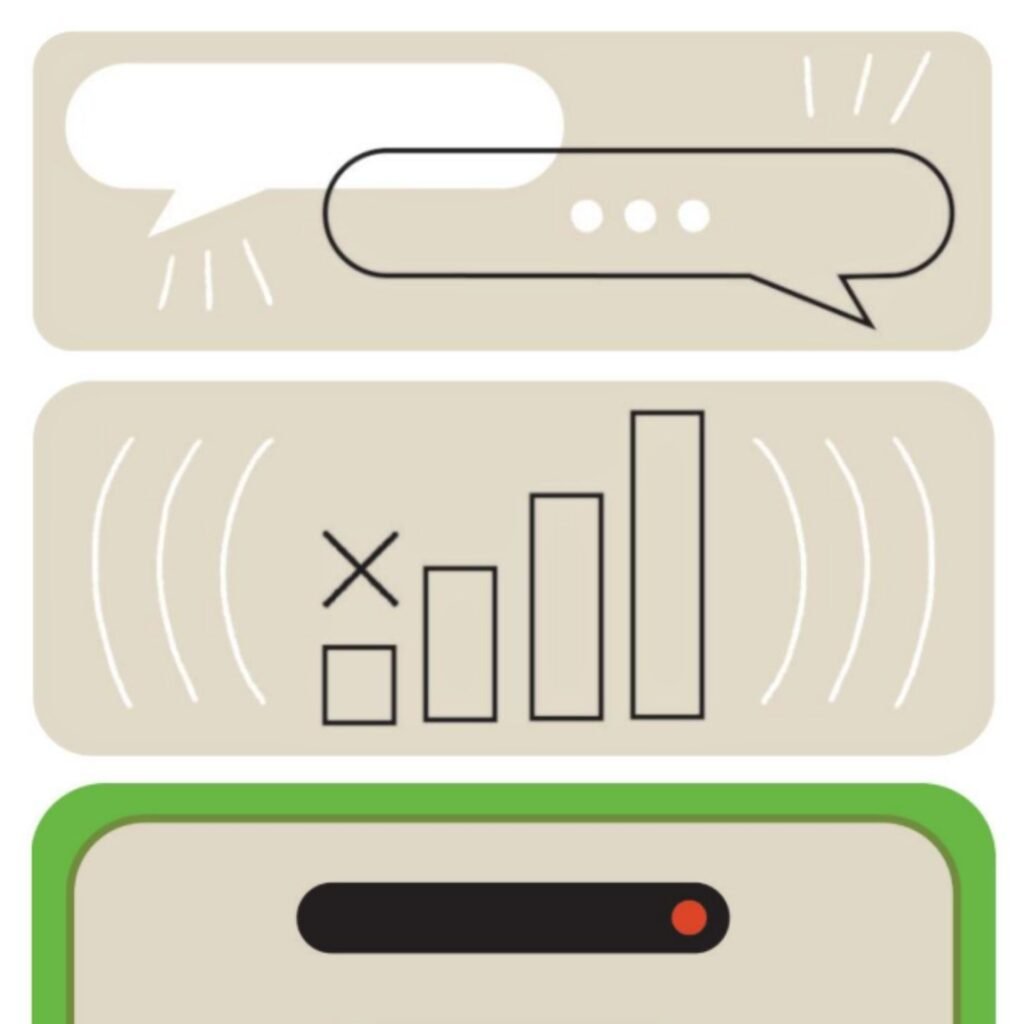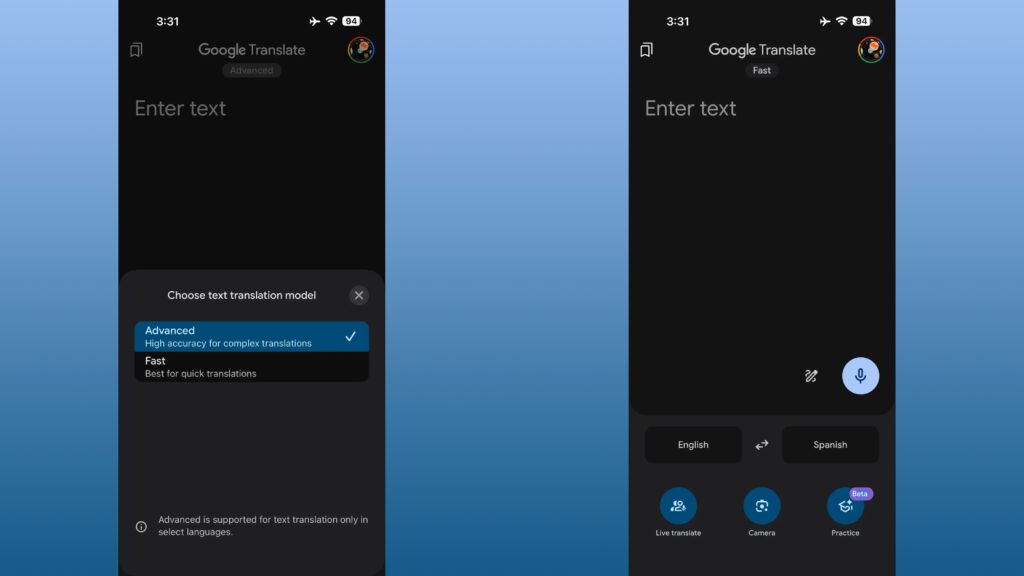
South Korean battery manufacturers are increasingly turning to energy storage systems (ESS) as a breakthrough strategy to overcome the stagnant electric vehicle (EV) market.
Industry observers view this move as a strategic shift acknowledging the limits of EV-centered growth and the need to secure new future revenue sources.
LG Chem Ltd. announced on Tuesday that it has signed a joint development agreement with Sinopec Corp., China’s largest integrated energy and chemical company, to co-develop core materials for sodium-ion batteries.
Under the partnership, the two companies will jointly research and develop key materials such as cathodes and anodes for sodium-ion batteries, aiming to enhance their cost competitiveness.
A sodium-ion battery replaces lithium, the main material used in traditional secondary batteries, with sodium.
Compared with lithium-ion batteries, which have been the mainstay of the Korean battery industry, sodium-ion batteries are cheaper and easier to source, offering strong price and resource advantages.
They also exhibit minimal performance degradation at low temperatures, reducing seasonal risks.
Most importantly, sodium-ion batteries offer superior safety, a key requirement for ESS batteries that must operate stably at large capacity.
LG Chem and Sinopec plan to apply their jointly developed materials to global ESS and entry-level EV batteries, expanding their business models accordingly.
“Through this collaboration, we will develop next-generation battery materials in a timely manner and continuously strengthen our business portfolio to align with customers’ future strategies,” said LG Chem Vice Chairman Shin Hak-cheol.
LG Energy Solution Ltd. (LGES) is reorganizing its production lines to optimize ESS manufacturing and procurement in North America.
The move comes as U.S. demand for EVs plummeted after the U.S. government suspended its $7,500-per-vehicle EV subsidy in September.
In response, LGES plans to increase production of ESS batteries.
According to sources from the battery industry, NextStar Energy, a joint venture between LGES and Stellantis N.V. in Canada, will convert part of its production lines for ternary lithium-ion batteries used in EVs to those for lithium iron phosphate (LFP) batteries used in ESS.
The company aims to begin mass production of ESS-use LFP batteries within the year, thereby establishing a two-line system capable of producing both EV and ESS batteries to flexibly adapt to market demand fluctuations.
LGES has already converted its Holland, Michigan plant in the United States into a dedicated ESS production base for LFP batteries earlier this year.
With the new conversion in Canada, the company will complete its two major ESS hubs in North America.
“This is a strategic move to actively respond to the surging ESS demand driven by renewable energy expansion, power grid stabilization, and AI data center expansion,” said an LGES official.
Samsung SDI Co. and SK on Co. are also converting some of their EV battery production lines to ESS applications as part of their efforts to diversify revenue.
Samsung SDI began mass production of ESS batteries in October after converting lines at StarPlus Energy LLC, its joint venture plant with Stellantis in Indiana, the United States.
SK on, for its part, produces ESS batteries at its SK Battery America (SKBA) plant in Georgia, the U.S.
The company plans to supply ESS units ordered by U.S.-based Flatiron Energy Development LLC using its existing manufacturing facilities in the U.S.
“We plan to sequentially convert our existing production lines for ESS applications and are also discussing potential conversions across all joint venture lines,” said an SK on official.
According to market research firm Global Market Insights Inc., the global ESS market is expected to soar by an annual average of 21.7 percent from an estimated $668.7 billion in 2024 to $5.12 trillion by 2034.
By Han Ji-yeon, Chu Dong-hun, and Yoon Yeon-hae
[ⓒ Pulse by Maeil Business News Korea & mk.co.kr, All rights reserved]







